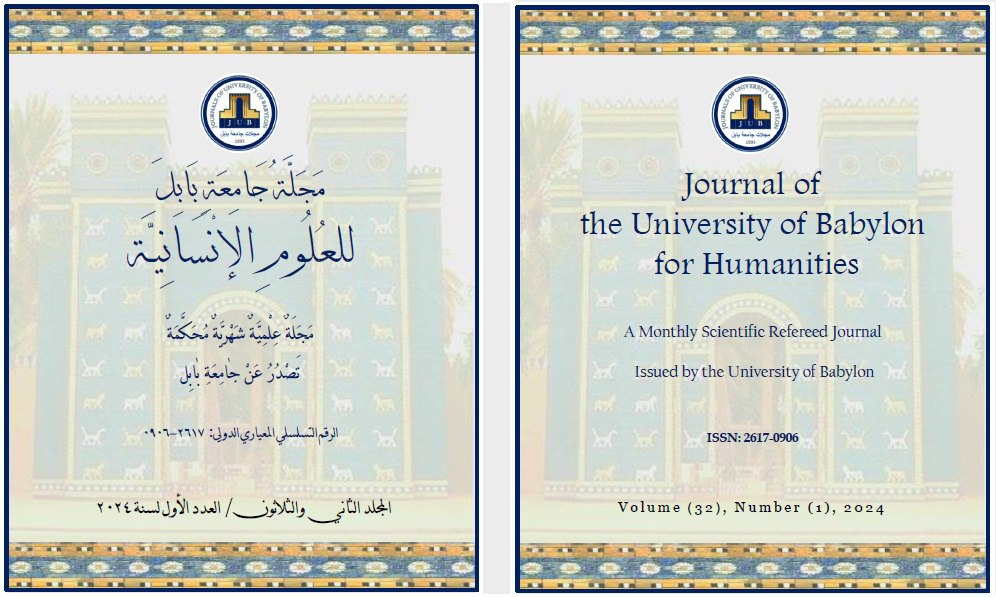PTSD as a Healing Disorder in Alice Walker’s The Color Purple
Main Article Content
Abstract
The purpose of this paper is to pave the way towards a unique psychological interpretation of Alice Walker’s The Color Purple. To this end, the researcher delves into the positive effects that post-traumatic stress disorder has had on the characters depicted in the aforementioned novel. It highlights that recovery and rehabilitation have been achieved with the aid of PTSD. PTSD, as a type of traumatic illness, studies the way people feel during and after traumatic events. Needless to say, Alice Walker is known for her unprecedentedly insightful portrayal of the lives and cultures of African-American women. Her unprecedented presentation of the epistolary form in the aforementioned novel is designed to achieve numerous purposes. In this novel, letter writing is Celie's only means to challenge the patriarchy, to assert her identity, and finally to gain self-acceptance. The researcher touches upon the role of post-traumatic stress disorder in writing letters until the end, which leads to rehabilitation objectives. By defining the concept of PTSD as the cornerstone of this paper, the following inquiries are posited: (a) how PTSD makes Celie a warrior woman, and (b) what role PTSD plays as a stimulant in Celie's letter writing. To shed light on the role of PTSD during the healing process, this paper meticulously investigates the various types of traumatic events, including rape, abuse, and traumatic domestic violence, experienced by some of the characters in the novel.
Article Details
Issue
Section

This work is licensed under a Creative Commons Attribution 4.0 International License.

